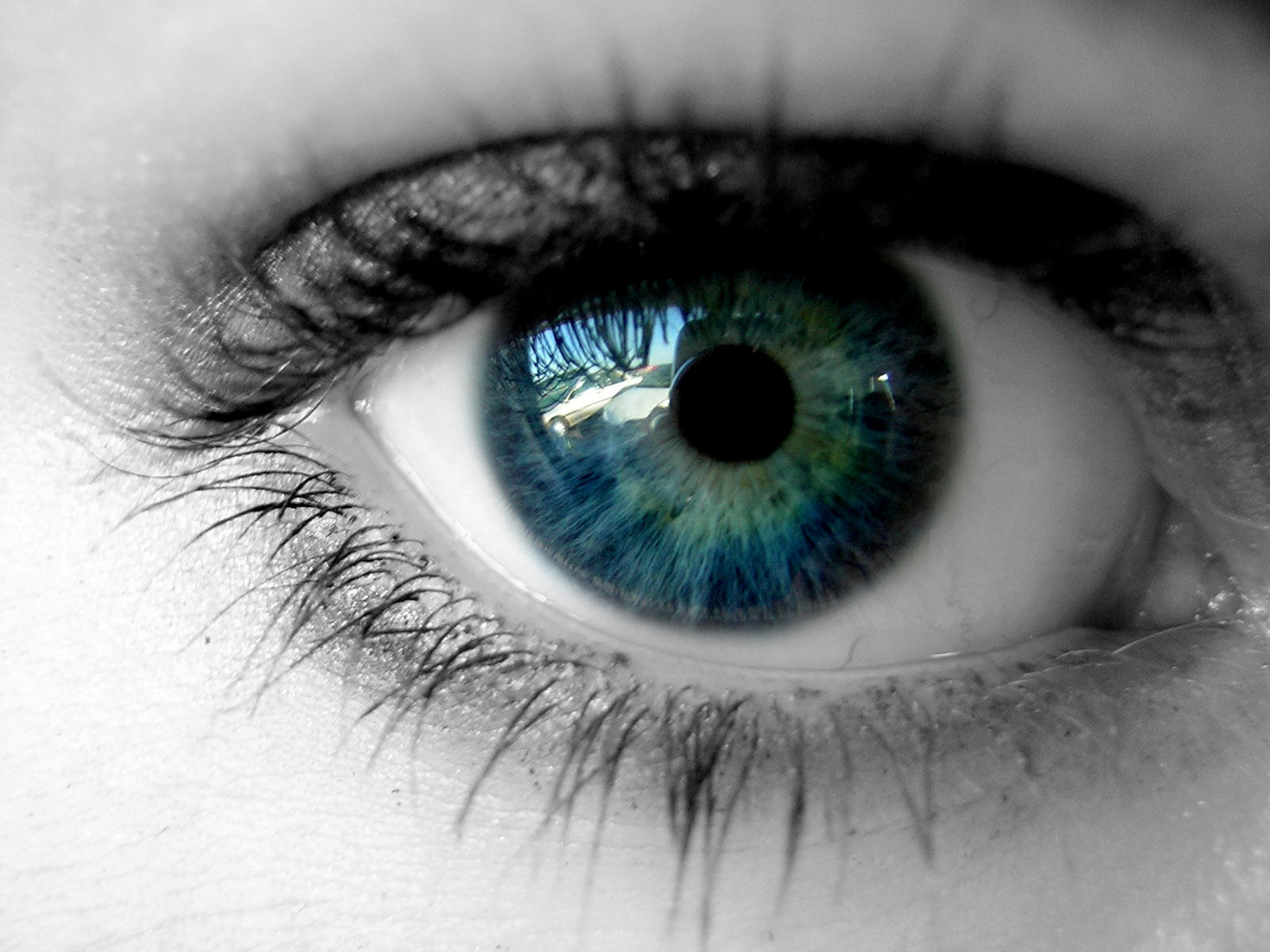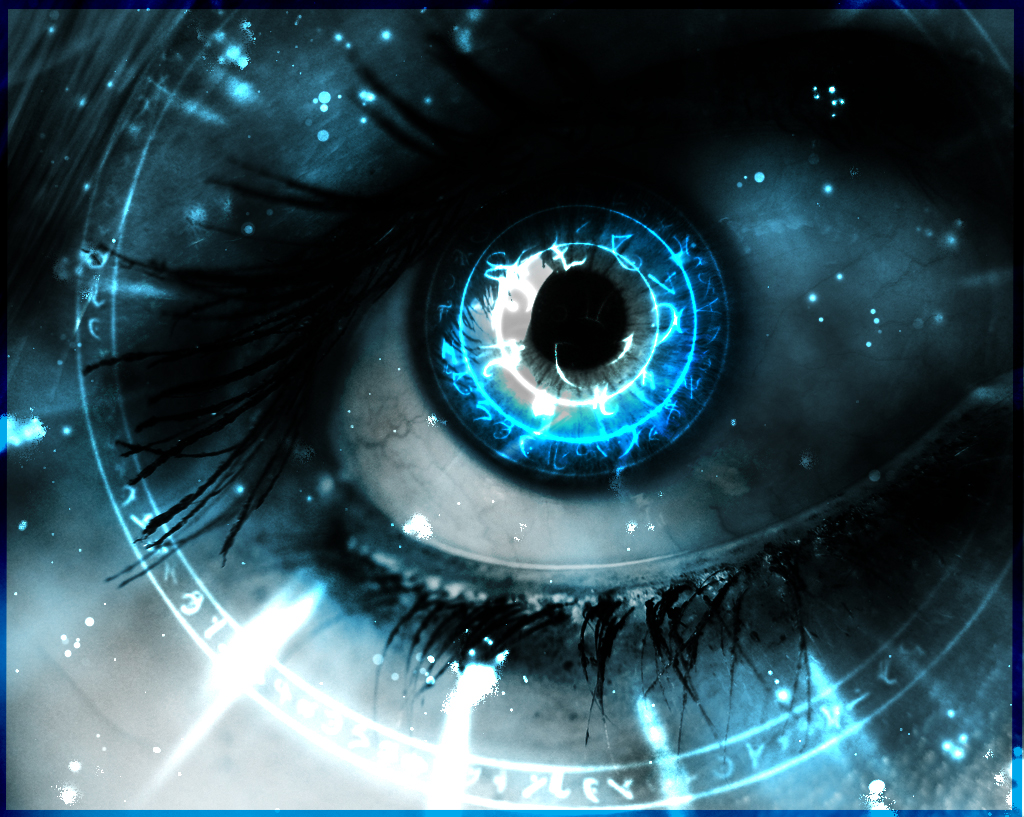Biology





- Allele Vs. Gene
How are alleles and genes different? And how do they correspond with each other? Alleles are pairs of genes and help code for an organism. Genes come from the parent organisms in order to help with the make up of an organism. There are...
- Homework- Genetic Crosses
Complete the genetic crosses in the manner and detail that I showed you, for the following crosses: a) BB and bb, b) BB and Bb, c) Bb and Bb Remember that the capital letter represents the dominant gene. In this example B is...
- Which Of The Following Are Analogous Organs?
A) Thorns and tendrils of Bougainvillea and CucurbitaB) Mouth parts of honey bee and mosquito C) Forelimbs of whales, bats, cheetah and humans D) Eyes of Octopus and mammals The correct answer is: D) Eyes of Octopus and mammals...
- Iris
Term: Iris (anatomy) Origin: An Greek ????/Iris(=messenger of the gods, the personification of rainbow) à iris of the eye because of nany colors in human eyes. > ????/iro(= announce) Definition: The Circular, pigmented and contractile tissue lying...
- Skin And Hair Facts
A lifespan of an eyelash is approximately 150 days.A Russian man who wore a beard during the time of Peter the Great had to pay a special tax.A survey done by Clairol 10 years ago came up with 46% of men stating that it was okay to color their hair. Now...
Biology
Eye facts

- We should never put anything in or near our eyes, unless we have a reason to use eye drops.
- We would only do that if our doctor or parent told us to use them.
- Blinking helps to wash tears over our eyeballs. That keeps them clean and moist. Also, if something is about to hit our eye, we will blink automatically.
- Our body has some natural protection for our eyes.
- Our eyelashes help to keep dirt out of our eyes.
- Our eyebrows are made to keep sweat from running into our eyes.
- Our eyes are very important to us, and we must protect them. We don't want dirt, sand, splinters or even fingers to get in our eyes.
- We don't want our eyes to get scratched or poked. That could damage our sight!
- The study of the iris of the eye is called iridology.
- The shark cornea has been used in eye surgery, since its cornea is similar to a human cornea.

- The number one cause of blindness in adults in the United States is diabetes.
- The eyeball of a human weighs approximately 28 grams.
- The eye of a human can distinguish 500 shades of the gray.
- The cornea is the only living tissue in the human body that does not contain any blood vessels.
- The conjunctiva is a membrane that covers the human eye.
- Sailors once thought that wearing a gold earring would improve their eyesight.
- Research has indicated that a tie that is on too tight cam increase the risk of glaucoma in men.

- People generally read 25% slower from a computer screen compared to paper.
- Men are able to read fine print better than women can.
- In the United States, approximately 25,000 eye injuries occur that result in the person becoming totally blind.
- Over the front of our eye is a clear covering called the "conjunctiva."
- The white part of our eye is called the "sclera." At the front, the sclera becomes clear and is called the "cornea."
- All babies are colour- blind when they are born.
- A human eyeball weighs an ounce.

- If the lens in our eye doesn't work quite right, we can get glasses to help us see. Glasses have lenses in them that work with our eye's own lens to help us see better.
- Babies' eyes do not produce tears until the baby is approximately six to eight weeks old.
- The reason why your nose gets runny when you are crying is because the tears from the eyes drain into the nose.
- The most common injury caused by cosmetics is to the eye by a mascara wand.
- Some people start to sneeze if they are exposed to sunlight or have a light shined into their eye.
- It is impossible to sneeze with your eyes open.
- The space between your eyebrows is called the Glabella.
- Inside our eye, at the back, is a part called the "retina." On the retina are cells called "rods" and "cones." These rods and cones help us to see colors and light.

- Just behind the pupil is a lens. It is round and flat. It is thicker toward the middle.
- Around the pupil is a colored muscle called the "iris."
- Our eyes may be BLUE, BROWN, GREEN, GRAY OR BLACK, because that is the color of the iris.
- Our eyes have many parts. The black part on the front of our eye is called the "pupil." It is really a little hole that opens into the back part of our eyes.
- Your eyes blink over 10,000,000 times a year!
- Allele Vs. Gene
How are alleles and genes different? And how do they correspond with each other? Alleles are pairs of genes and help code for an organism. Genes come from the parent organisms in order to help with the make up of an organism. There are...
- Homework- Genetic Crosses
Complete the genetic crosses in the manner and detail that I showed you, for the following crosses: a) BB and bb, b) BB and Bb, c) Bb and Bb Remember that the capital letter represents the dominant gene. In this example B is...
- Which Of The Following Are Analogous Organs?
A) Thorns and tendrils of Bougainvillea and CucurbitaB) Mouth parts of honey bee and mosquito C) Forelimbs of whales, bats, cheetah and humans D) Eyes of Octopus and mammals The correct answer is: D) Eyes of Octopus and mammals...
- Iris
Term: Iris (anatomy) Origin: An Greek ????/Iris(=messenger of the gods, the personification of rainbow) à iris of the eye because of nany colors in human eyes. > ????/iro(= announce) Definition: The Circular, pigmented and contractile tissue lying...
- Skin And Hair Facts
A lifespan of an eyelash is approximately 150 days.A Russian man who wore a beard during the time of Peter the Great had to pay a special tax.A survey done by Clairol 10 years ago came up with 46% of men stating that it was okay to color their hair. Now...
